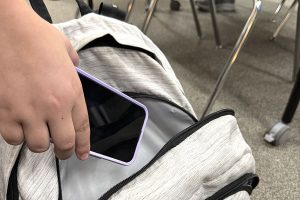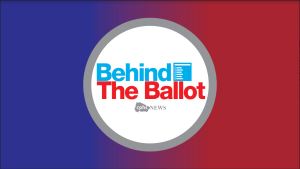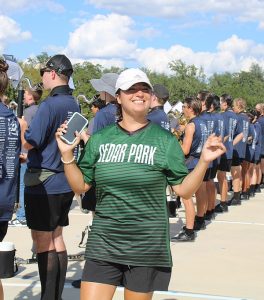Bonding Session
Effects of Leander ISD’s New Bond Proposal
Watching the Board of Trustee’s presentation, parents and teachers listen about the upcoming bond proposal and vote being held on Nov. 2. This vote will include the key issue of how LISD plans to fund their $772 million funding plan with bonds. “Bond dollars are not part of the district’s budget,” President of the Board of Trustees Trish Bode said. “Additionally, bond dollars are not subject to recapture, a state law where LISD receives less money in state aid for every additional dollar in local tax collections. Bond dollars are $1 for $1 investment in our district; the state doesn’t remove aid based on collections for debt service.”
October 7, 2021
$772 million. That’s the total amount of money that the Leander Independent School District is planning to allocate toward its schools through three individual bond proposals. If passed, the bonds would pay for renovations, technology upgrades, and the construction of six new schools. Citizens will earn a chance to vote on these bonds in the upcoming Nov. 2 election.
The $772 million cash injection, the number decided after negotiations between the Board of Trustees and the Citizens’ Faciliatory Advisory Committee lowered the CFAC’s initial $1.5 billion proposal, is in response to expected growth in LISD’s student enrollment numbers. However, Leander ISD’s budget doesn’t have $772 million, and the total tax rate in the district has been declining over the past few years. Instead, the school board has chosen bonds, or money from investors, to fund these projects. According to President of the LISD Board of Trustees Trish Bode, bonds offer a greater advantage to the district over other financing means.
“Bond dollars are not part of the district’s budget,” Bode said. “Additionally, bond dollars are not subject to recapture, a state law where LISD receives less money in state aid for every additional dollar in local tax collections. Bond dollars are $1 for $1 investment in our district; the state doesn’t remove aid based on collections for debt service.”
While the district takes on debt to finance its projects, the use of funding has fewer strings attached. Rather than increasing tax rates, bonds would pay for themselves through projected rates of growth in the district – such as how 20,600 houses are expected to be built in the next 10 years, meaning more houses to take property taxes from.
“Because Leander ISD has been paying off past debt ahead of schedule, the district’s projections show enough capacity in the budget to pay the debt on the bond without raising the tax rate,” Bode said. “The district will not borrow the total amount on day one. Rather, the district will borrow as projects get underway.”
If the proposals pass, a portion of the money will be sent to Cedar Park High School. Its projects consist of the construction and renovations of classrooms and buildings around the campus, such as constructing two new Mobile Makers labs and renovating the fine arts facilities and the culinary arts lab. Opinions about these projects among school staff members, such as AP Government teacher Jennifer Fortenberry, trend towards being positive.
“New constructions and renovations are important,” Fortenberry said. “We need to have the high-quality schools and resources that we’re known for in anticipation of all the future growth we’re going to have in this district, or else our new students aren’t going to have the full opportunity to learn. I think investing in public education and preparing our youth to pursue the career paths they want for themselves is always going to be a good investment.”
Technology improvements, too, are a part of Leander ISD’s plan to implement districtwide developments. Classroom technology – like school-loaned laptops and projectors – will be modified or replaced along with internet connectivity enhancements.
“The technology upgrades are going to help us catch up with how fast new technology is made nowadays,” Broadcast teacher Anthony Garcia said. “Times are changing and we need to keep up. It’ll make it easier for us to keep classes more efficient and flexible.”
Leander ISD citizens who are registered to vote can decide whether or not the bond proposal passes on Nov. 4. If it is not passed, the district will pursue other means of funding important school-related functions. However, the district is ready for the proposal’s acceptance with a series of comprehensive steps to ensure that it goes as smoothly as possible.
“The district will phase in bond sales as money is needed for construction,” Bode said. “[To add capacity], technology items with a shorter lifespan will be paid off early and current debt will be negotiated and lowered, reducing the debt we have to pay. Students who want to know further about the bond’s items can visit the bond page on the district website.”



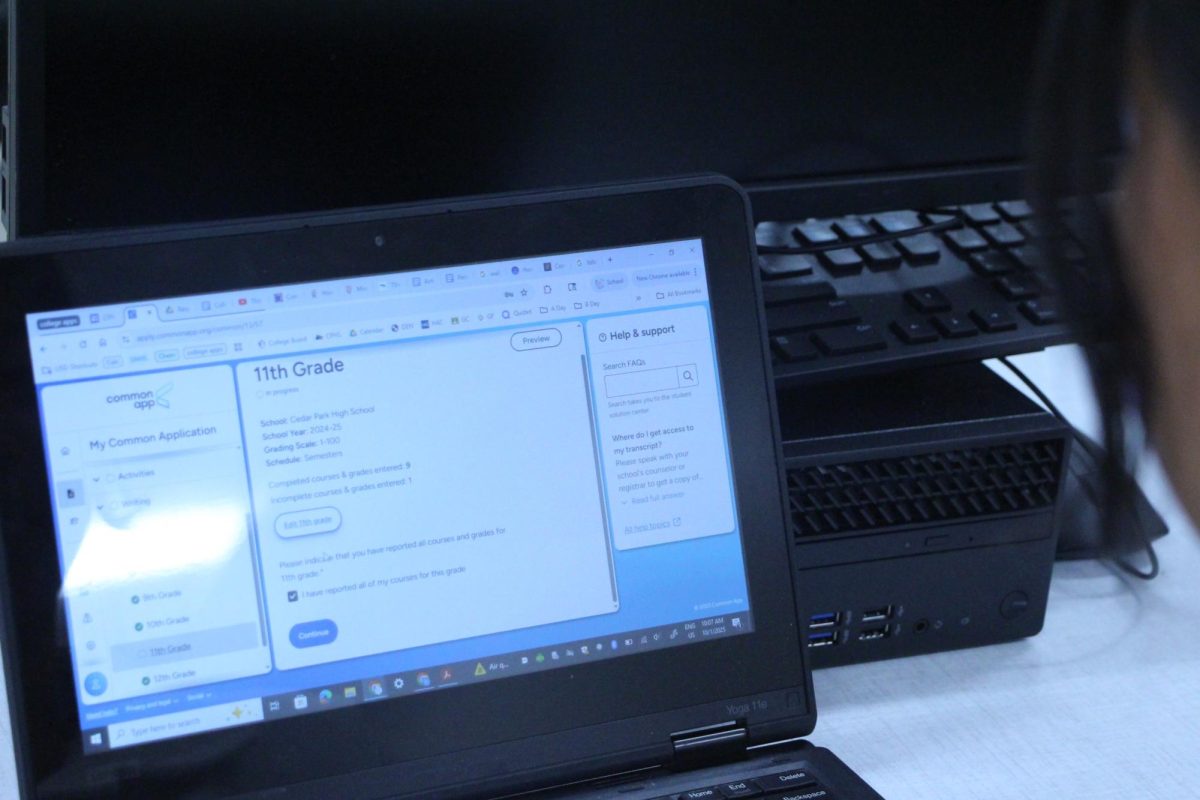


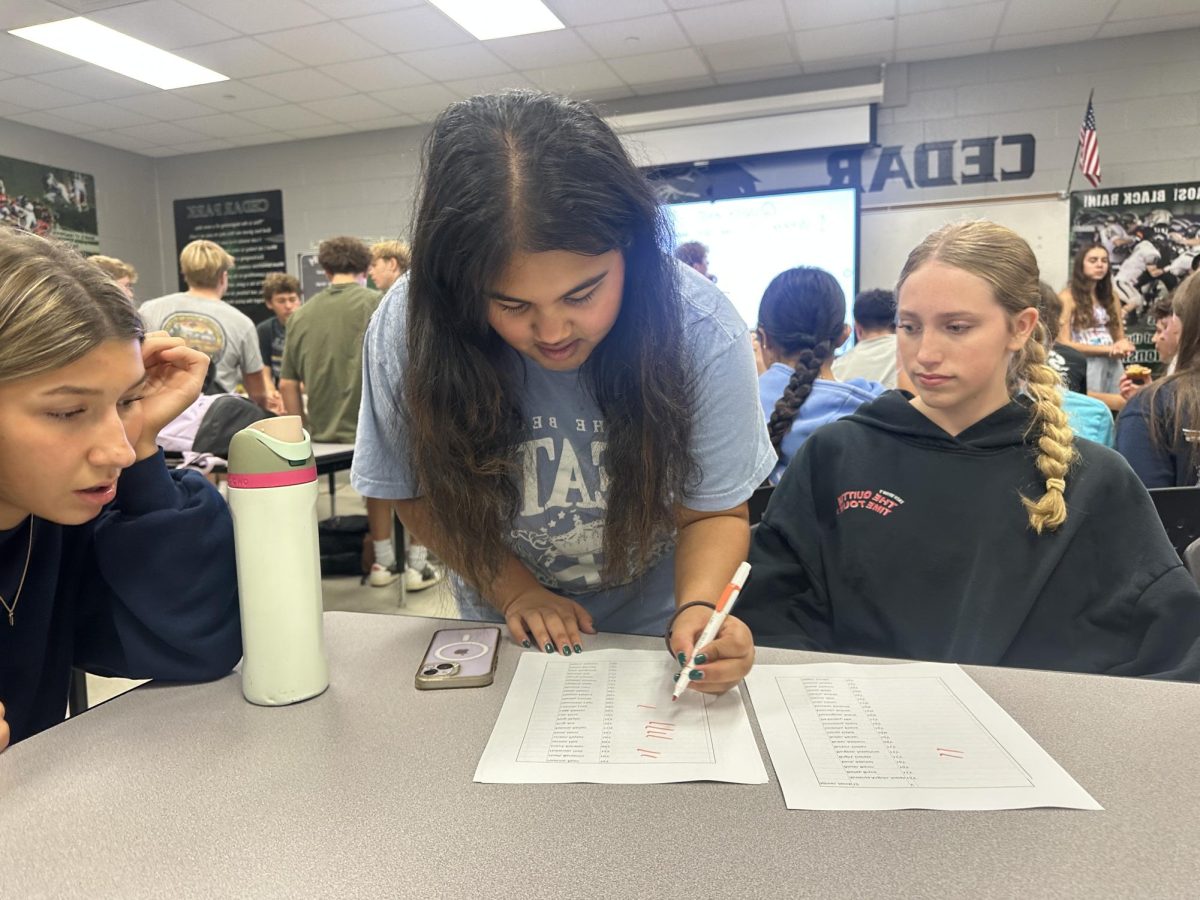



![Broadcast, yearbook and newspaper combined for 66 Interscholastic League Press Conference awards this year. Yearbook won 43, newspaper won 14 and broadcast took home nine. “I think [the ILPC awards] are a great way to give the kids some acknowledgement for all of their hard work,” newspaper and yearbook adviser Paige Hert said. “They typically spend the year covering everyone else’s big moments, so it’s really cool for them to be celebrated so many times and in so many different ways.”](https://cphswolfpack.com/wp-content/uploads/2025/05/edited-ILPC.jpg)



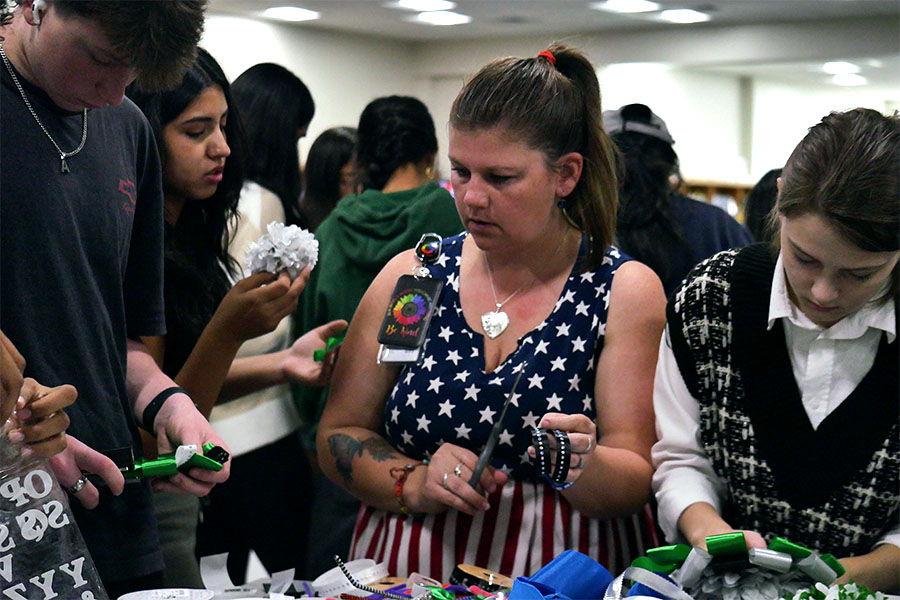

![Looking down at his racket, junior Hasun Nguyen hits the green tennis ball. Hasun has played tennis since he was 9 years old, and he is on the varsity team. "I feel like it’s not really appreciated in America as much, but [tennis] is a really competitive and mentally challenging sport,” Nguyen said. “I’m really level-headed and can keep my cool during a match, and that helps me play a bit better under pressure.” Photo by Kyra Cox](https://cphswolfpack.com/wp-content/uploads/2025/09/hasun.jpg)

![Bringing her arm over her head and taking a quick breath, junior Lauren Lucas swims the final laps of the 500 freestyle at the regionals swimming competition on date. Lucas broke the school’s 18-year-old record for the 500 freestyle at regionals and again at state with a time of 4:58.63. “I’d had my eye on that 500 record since my freshman year, so I was really excited to see if I could get it at regionals or districts,” Lucas said. “ State is always a really fun experience and medaling for the first time was really great. It was a very very tight race, [so] I was a bit surprised [that I medaled]. [There were] a lot of fast girls at the meet in general, [and] it was like a dogfight back and forth, back and forth.” Photo by Kaydence Wilkinson](https://cphswolfpack.com/wp-content/uploads/2025/03/Kaydence-2.7-23-edit-2.jpg)
![As her hair blows in the wind, senior Brianna Grandow runs the varsity girls 5K at the cross country district meet last Thursday. Grandow finished fourth in the event and led the varsity girls to regionals with a third place placement as a team. “I’m very excited [to go to regionals],” Grandow said. “I’m excited to race in Corpus Christi, and we get to go to the beach, so that’s really awesome.” Photo by Addison Bruce](https://cphswolfpack.com/wp-content/uploads/2025/10/brianna.jpg)











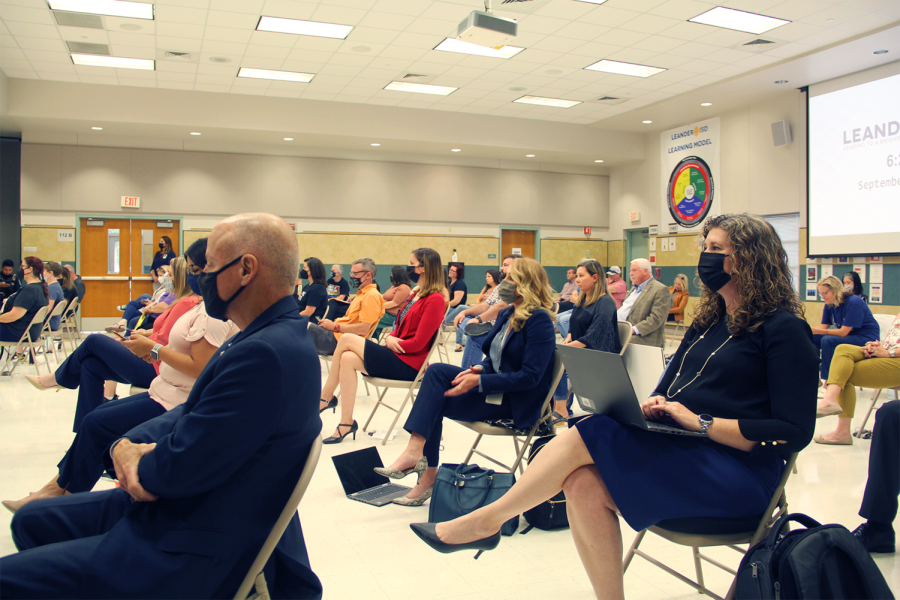


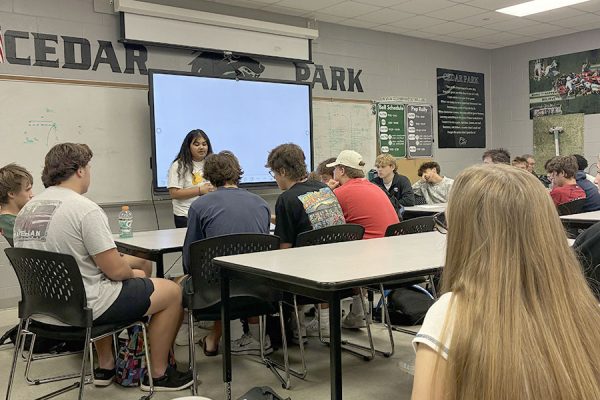






![The fire department came to the school after students were evacuated when smoke started coming from the ceiling of a classroom. All students and staff are safe. “All of my friends left their stuff too, so we couldn’t contact our parents, and it was stressful,” senior Brynn Fowler said. “It was scary because I didn’t know [what was going on], and I couldn’t find anyone because it was a big crowd.” Photo by Anthony Garcia](https://cphswolfpack.com/wp-content/uploads/2025/09/firetruck-300x200.jpg)
